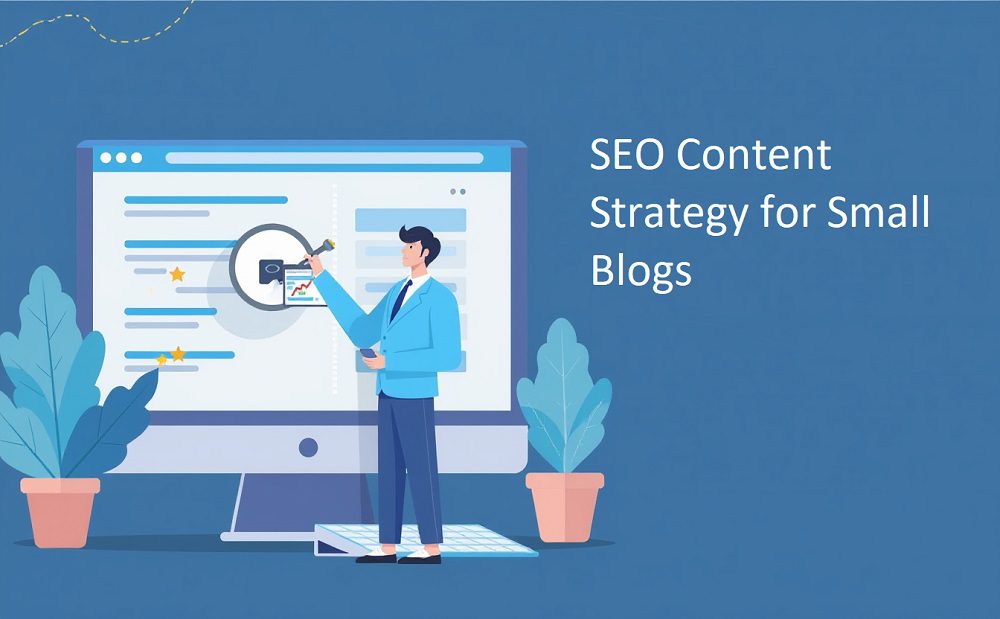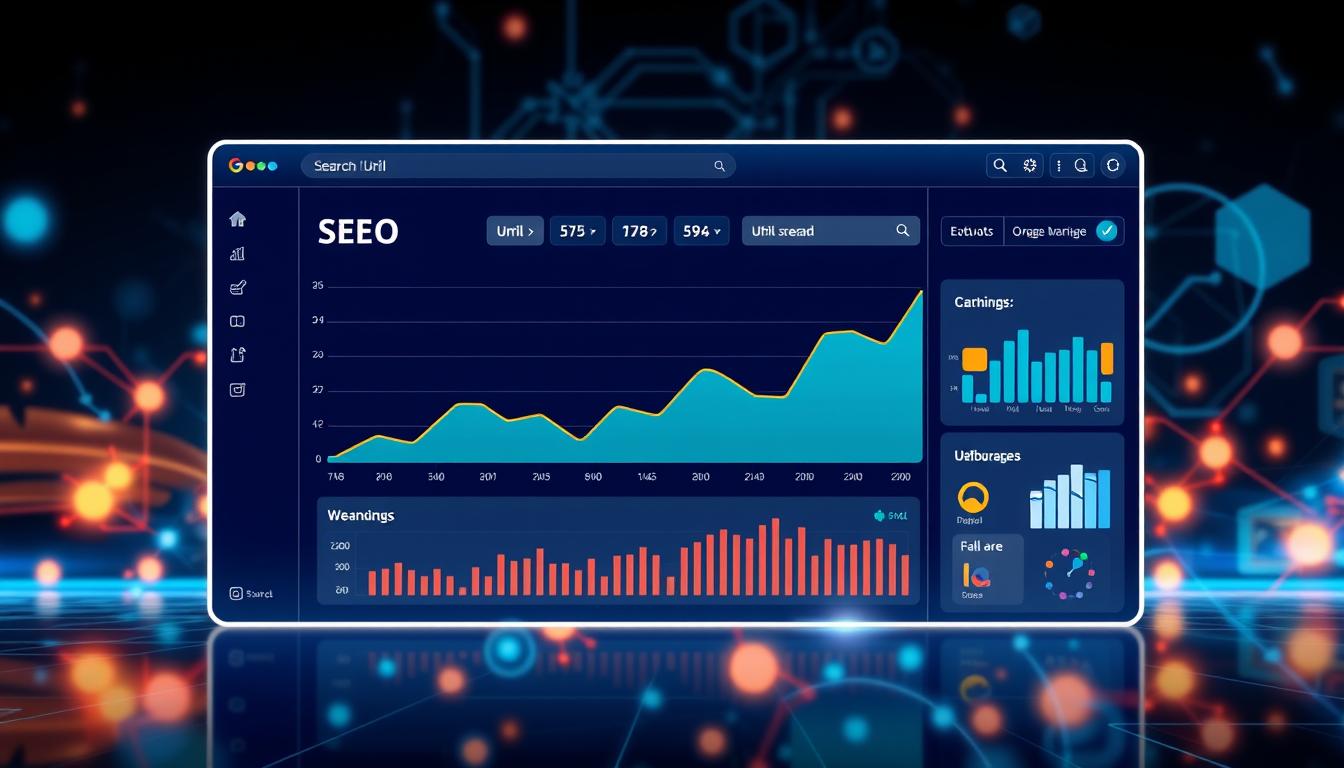SEO Content Strategy for Small Blogs

SEO Content Strategy for Small Blogs
Creating an effective SEO content strategy is essential for small blogs looking to grow their audience and rank higher in search engines. Unlike large websites with extensive resources, small blogs must focus on strategic content creation and optimization to stand out in the competitive digital landscape.
In this guide, we’ll cover everything you need to know about building an SEO content strategy tailored specifically for small blogs, from keyword research and content planning to promotion and performance analysis.
Key Takeaways
- An effective SEO content strategy helps small blogs drive organic traffic and increase visibility.
- Prioritize low-competition keywords and create high-quality, audience-focused content.
- Consistent publishing and monitoring performance are critical for long-term success.
Why Does SEO Content Strategy Matter for Small Blogs?
Small blogs often face unique challenges, including limited budgets, resources, and competition with established sites. A solid SEO strategy helps small blogs:
- Drive organic traffic without relying heavily on paid ads.
- Build credibility and authority in their niche.
- Reach their target audience effectively through tailored content.
By focusing on specific long-tail keywords and aligning content with search intent, small blogs can level the playing field and attract valuable traffic.
Understanding SEO Content Strategy
An SEO content strategy is a comprehensive plan to create, optimize, and promote content that ranks well in search engines and engages your audience. It combines keyword research, content creation, on-page SEO, and link-building tactics to achieve maximum visibility.
Here’s how it works for small blogs:
1. Define Your Niche and Target Audience
Identify your blog’s core topics and the audience you want to reach. A clear focus makes it easier to create relevant, high-quality content.
2. Conduct Keyword Research
Research relevant keywords that align with your blog’s niche and have low competition but high search volume. Tools like Ubersuggest, SEMrush, and Google Keyword Planner can help.
3. Create High-Quality Content
Write in-depth, engaging content that answers your audience’s questions and solves their problems. Incorporate semantic keywords and structure your content for readability.
Table 1: Key Components of an SEO Content Strategy
| Component | Description |
|---|---|
| Keyword Research | Finding keywords with high relevance and low competition. |
| Content Optimization | Ensuring content aligns with SEO best practices (e.g., headers, keywords). |
| Publishing Frequency | Maintaining a consistent content schedule for better visibility. |
| Promotion | Sharing content on social media, forums, and email newsletters. |
| Performance Analysis | Tracking metrics like traffic, rankings, and engagement. |
Step-by-Step Guide to Building Your SEO Content Strategy
Step 1: Keyword Research and Topic Clustering
Start by identifying a primary keyword for each post, along with LSI keywords (latent semantic indexing) to support it. Use topic clustering to group related keywords and create pillar content with linked subtopics.
Step 2: Optimize On-Page Elements
Pay attention to:
- Title Tags: Include your primary keyword and make them click-worthy.
- Meta Descriptions: Write concise, compelling descriptions with your focus keyword.
- Headers: Use a proper heading hierarchy (H1, H2, H3).
- Internal Linking: Link to other relevant posts within your blog to improve navigation.
Step 3: Create Evergreen Content
Focus on evergreen topics that remain relevant over time, such as “How to Start a Blog” or “Best SEO Tips for Beginners.” This helps sustain traffic long-term.
Step 4: Publish Consistently
Set a realistic publishing schedule and stick to it. Consistency signals reliability to both search engines and your audience.
Step 5: Promote Your Content
Promote each blog post on social media, relevant forums, and email newsletters. Building backlinks is also crucial to improve your blog’s domain authority.
Listicle: 6 SEO Tips for Small Blogs
- Target Low-Competition Keywords: Avoid broad terms; go for niche-specific long-tail keywords.
- Write for Search Intent: Address the specific needs of your target audience.
- Optimize Images: Use descriptive file names and alt text for better indexing.
- Improve Site Speed: Ensure your blog loads quickly to reduce bounce rates.
- Add Schema Markup: Implement structured data to enhance your SERP visibility.
- Monitor Analytics: Regularly track metrics like organic traffic, bounce rate, and keyword rankings.
Table 2: SEO Tools for Small Blogs
| Tool | Purpose |
|---|---|
| Google Analytics | Tracks traffic, behavior, and audience insights. |
| Ahrefs | Conducts keyword research and backlink analysis. |
| Yoast SEO | Optimizes on-page elements for WordPress blogs. |
| Canva | Creates engaging visuals for blog content. |
| Ubersuggest | Offers free keyword suggestions and analysis. |
FAQs About SEO Content Strategy for Small Blogs
Q1: What is an SEO content strategy?
An SEO content strategy involves creating and optimizing content to rank higher in search engines and attract organic traffic.
Q2: How do I find keywords for my blog?
Use keyword research tools like Google Keyword Planner, SEMrush, or Ubersuggest. Look for long-tail keywords with low competition and high search intent.
Q3: How often should I publish new content?
Consistency is key. Aim for at least one post per week, but prioritize quality over quantity.
Q4: Do small blogs need backlinks?
Yes, backlink building helps improve your blog’s authority and rankings. Start by promoting your content on social media and networking with other bloggers.
Q5: How long does it take to see SEO results?
For small blogs, it can take 3-6 months to see significant improvements, depending on the competition and your efforts.
Q6: Is technical SEO important for small blogs?
Absolutely! Optimizing site speed, mobile usability, and crawlability is crucial for SEO success.
Q7: What is the best way to optimize images for SEO?
Use descriptive file names, add alt text, and compress images to improve loading times.
Q8: Can I do SEO without paid tools?
Yes, there are many free tools like Google Search Console, Google Analytics, and Ubersuggest that provide valuable insights for SEO.
By following these strategies, small blogs can create a solid SEO content strategy that drives traffic, engages readers, and achieves long-term growth. Keep learning and adapting as search engines evolve, and you’ll see your blog thrive over time!





